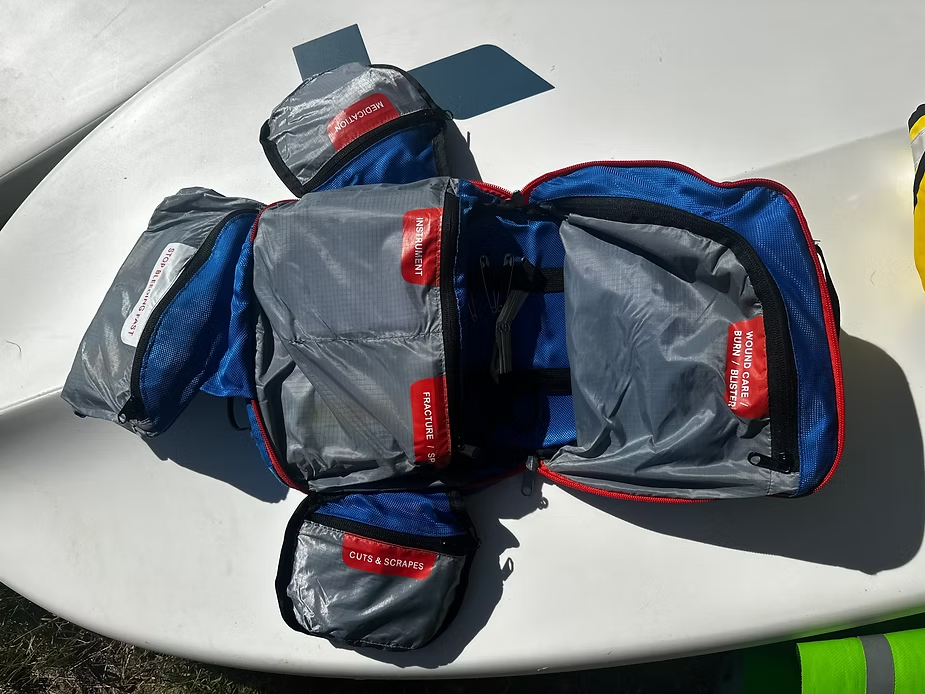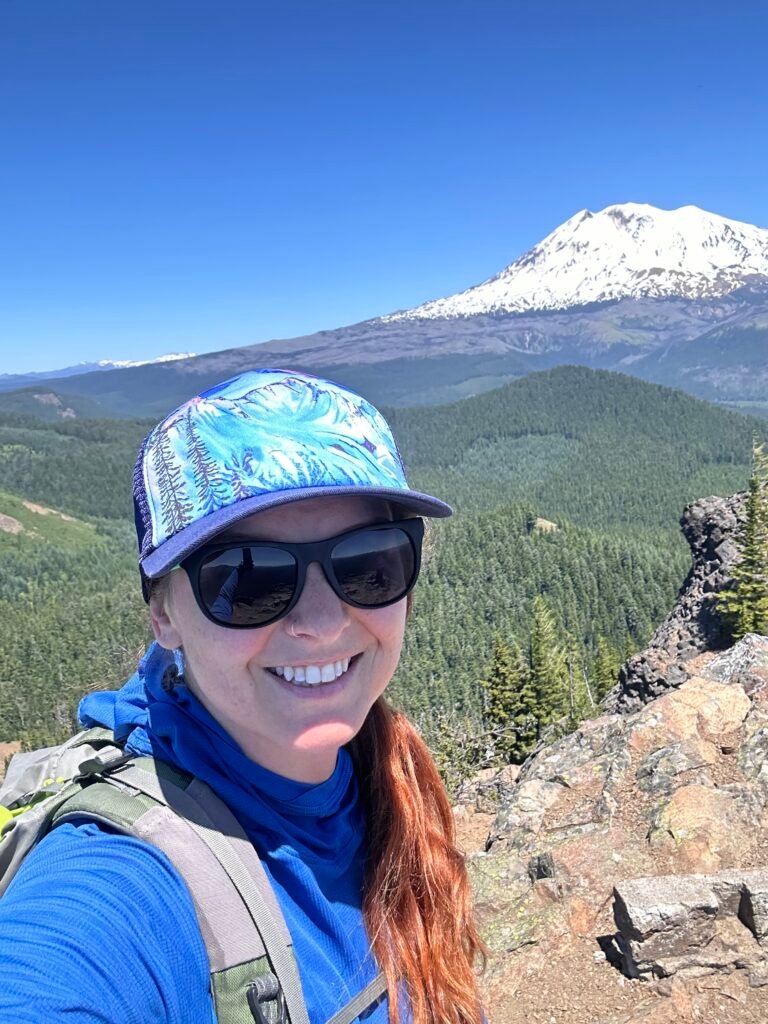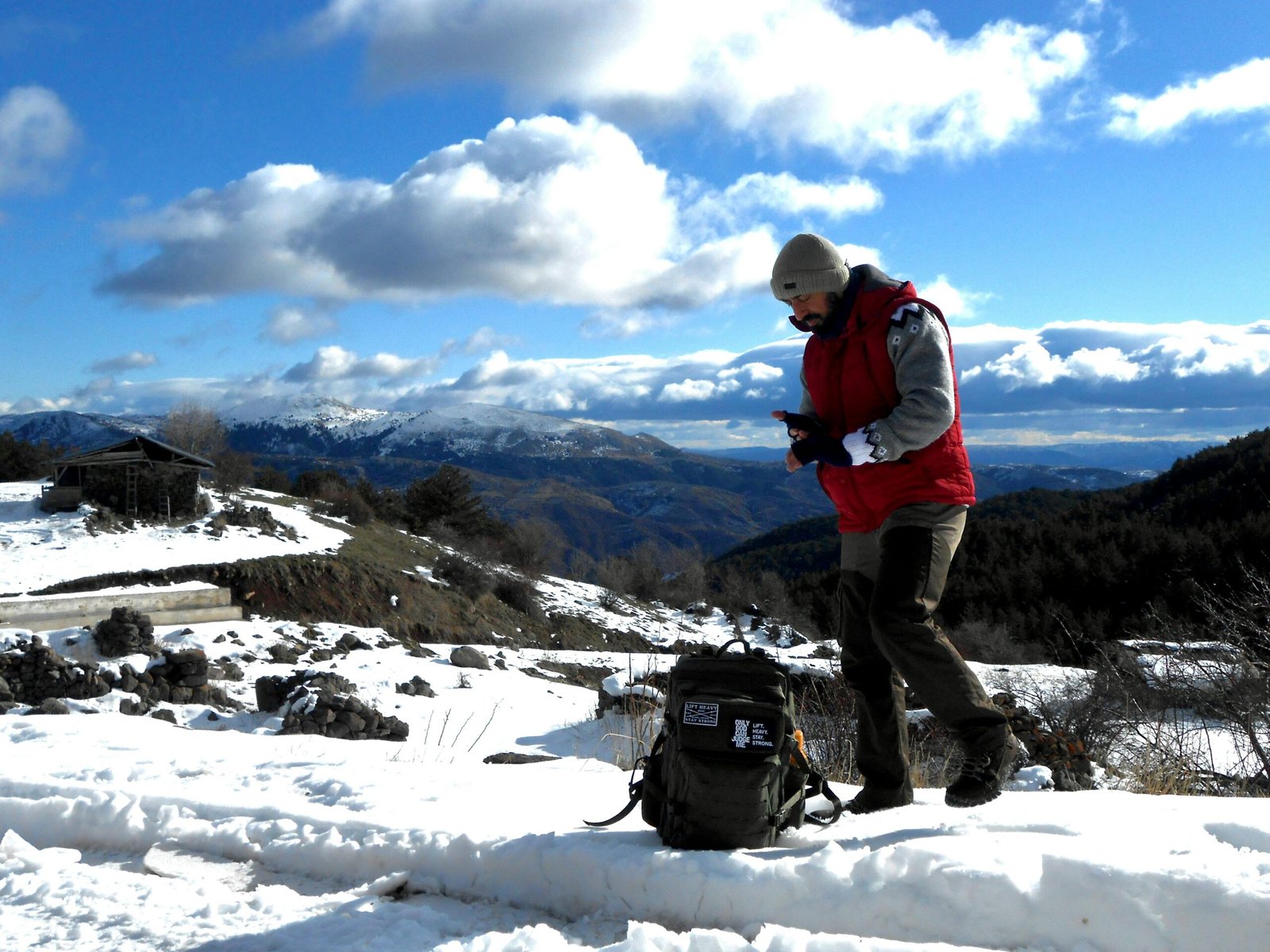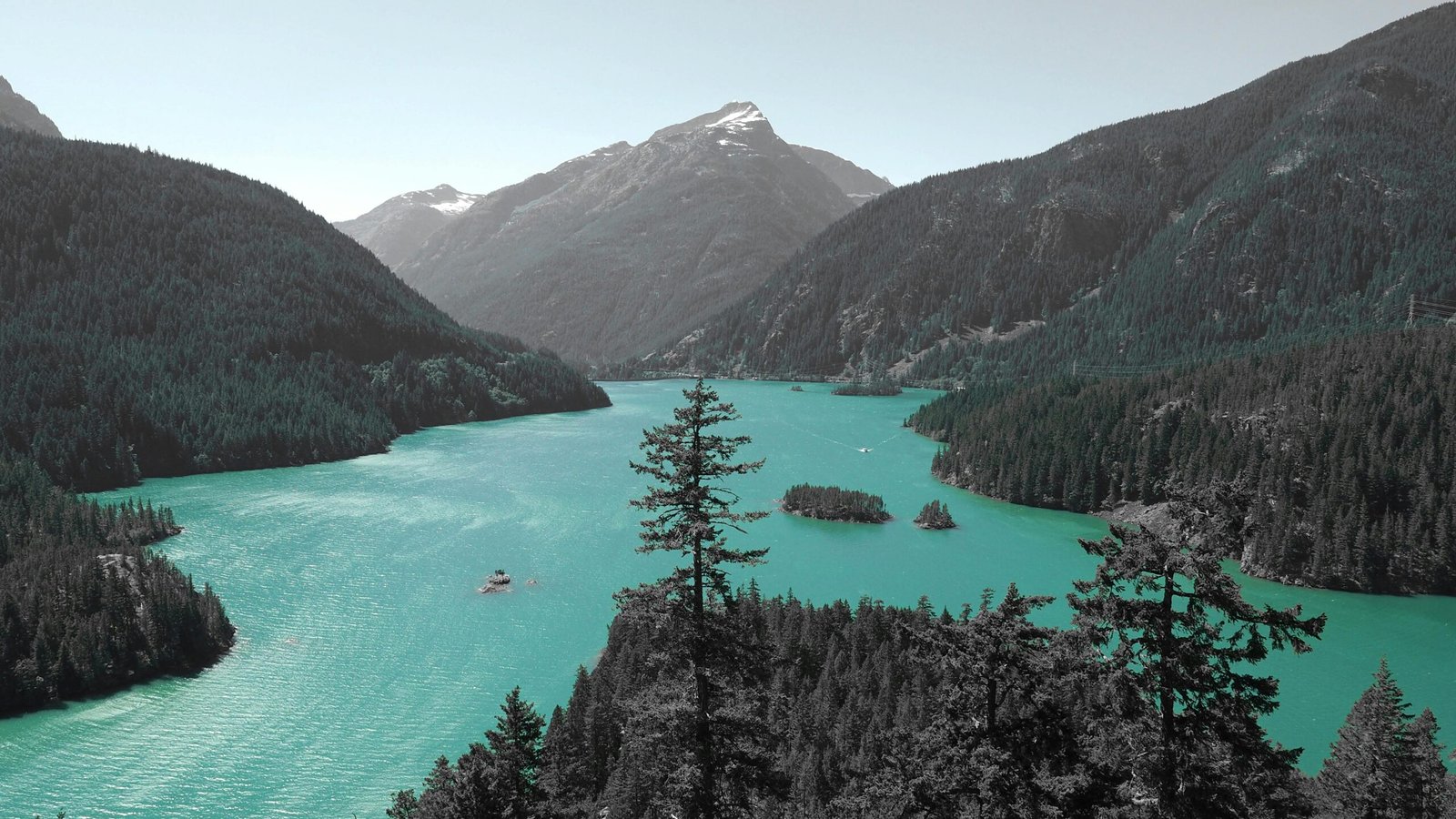My first aid kit shifts depending on whether I’m solo backpacking, day hiking, guiding, or on a search & rescue mission. That said, a few items are always with me. These aren’t affiliate links or brand promos—just the gear I trust after thousands of miles outside.
1. Leukotape
This stuff is gold. I primarily use it for blister prevention/protection, but it’s also rescued torn gear and supported injuries. I wrap a length around one trekking pole for easy access (duct tape goes on the other). If you’re like me and hate stopping mid-hike, this setup means you can treat a hot spot fast—no digging through your pack.

I’ve completely ditched moleskin and standard medical tape. Leukotape stays stuck for days, even in wet conditions. Pair it with non-stick pads and you’ve got an on-the-go bandage system.
What is Leukotape? Leukotape is a high-strength, rigid sports tape with a super sticky zinc oxide adhesive. Originally used in physical therapy, it’s perfect for backpackers thanks to its staying power and versatility.
- Blister prevention & treatment
- Joint support for knees/ankles
- Temporary gear fixes
❄️ 2. GlacierGel
If your blister makes it past the “hot spot” phase, GlacierGel is the next line of defense. It cushions, cools, and protects—great if you’ve been stuboorn and neglected to stop and fix that hot spot. It’s also helpful for burns.
What is it? GlacierGel is a hydrogel dressing that comes pre-packaged with antiseptic wipes. Designed to reduce pain and friction, it promotes healing and when paired with leukotape, stays put for days.
- Instant relief for blisters and minor burns
- Cushioned layer reduces pressure and rubbing
- Waterproof & breathable = no soggy bandages
- Comes with antiseptic wipes = easy to apply anywhere
⚡ 3. Electrolytes
When I feel cranky, sluggish, or just “off,” I usually need electrolytes, and its a quick turn around. My go-to is Liquid I.V. I have both the sugar and sugar free varieties; the sugar content is very high in these so I save that for the special occasions when I really need it (ie. long hot periods).
Nuun is another popular brand, I appreciate the portable tubes, but personally don’t enjoy the “bubbly” taste or carbonation. I do usually carry it for sharing though, as it seems that I’m the only one that doesn’t like that.
- Fast energy & hydration boost
- Easy to share with others
- Helps avoid bonking on trail
There are plenty of DIY electrolyte mix recipes if you want to cut sugar or cost, but I havent experimented with them.
4. SAM Splint

I carry this even when I’m solo. Strains and sprains are some of the most common backcountry injuries.
What is it? The SAM Splint is a moldable aluminum core wrapped in foam. It’s waterproof, reusable, and radiolucent (won’t block X-rays).
- Treats fractures, sprains, and dislocations
- Can be fashioned into a cervical collar
- Lightweight (~4 oz) and rolls up easily
- Works even in wet conditions
🍫 5. High-Calorie Hidey Snacks
I literally hide these from myself in all my packs. Five-year-old Pop-Tarts might be a little crumbly, but they still get the job done. I’ve often ended up giving my regular snacks to struggling hikers, so having secret backups keeps me covered.
This habit started after a trip in the 100-Mile Wilderness. It was so lovely that my tramily and I decided to stay an extra day… which required serious rationing.
- BelVita bars
- Bobo’s bars
- Larabars
- Emergency Pop-Tarts (don’t judge)
- Might Sparky Meat Sticks
- Nuts
Pro tip: Pack an extra day of food and a couple of hidden bars. You’ll thank yourself later.
🧠 Final Thoughts: Get Trained

If you spend any amount of time in the wilderness/backcountry, I strongly recommend taking a Wilderness First Responder (WFR) course through NOLS. It is an expensive investment; the depth and realistic scenarios of the training are worth it. You’ll learn how to adapt with what’s already in your pack—and get comfortable “MacGyvering” your way through emergencies.
If cost is a concern, the Wilderness First Aid (WFA) course is a solid, more affordable option.
Wherever you are in your backcountry journey, build a kit that has the standard essentials AND makes you feel confident—and don’t forget the snacks.

Trish’s outdoor experience spans nearly a decade in roles as a Wilderness Guide, Appalachian Trail Thru-hiker, Wilderness First Responder, Search and Rescue volunteer, trail maintenance volunteer, and solo traveler.





